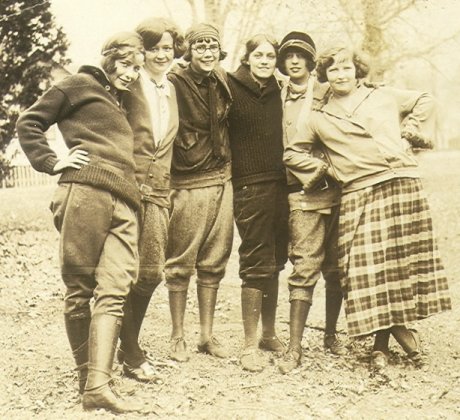The decade began with a continuation of the hippie look of the late 1960s, with afghans, Indian scarves and floral-print tunics. Jeans remained frayed and bell-bottomed, tie dye was still popular, and the fashion for unisex was mounting then ever.
Due to the choices for available clothing that had become very diverse, it was nearly impossible to tell the do's and don'ts in fashion by the 1970s. The “anything goes” in terms of fashion was increasing during these two decades of rapid social revolution and holds on until nowadays, at least for the freedom of choices.
Men's fashion changed more in the 1970s than it had done in a whole century. The typical male look was defined by narrow shoulders, tight-fitting lines, no tie, no interfacing, zip-up boiler suits, waisted jackets or tunics, sometimes even without shirt. Fashion designer of that time adopted the unisex look and transformed it even to the work clothes, like traditional suits and changed them to a more informal style.
A huge change in fashion was also the influential increase of Italian's fashion. Milan confirmed its status as the second center of international fashion after Paris. Capitalizing on the dominant trend of anti-fashion, Italy offered a glamor that had nothing to do with the dictates of Parisian haute couture. While profiting from a clearly defined style, Italian fashion was luxurious and easy to wear. The two most influential Italian fashion designers of the time were Giorgio Armani and Nino Cerutti.




.jpg)





































